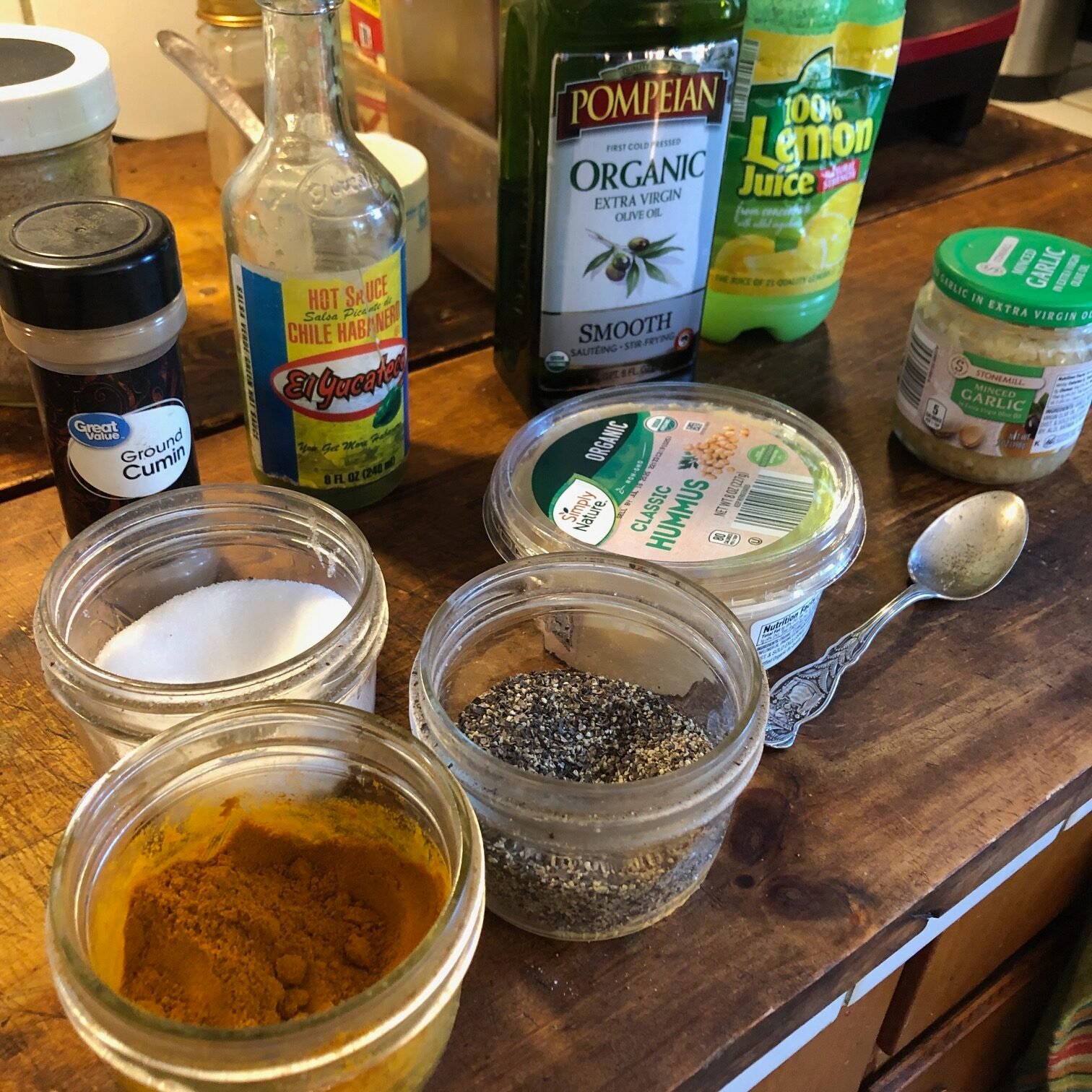Understanding POTS and Its Dietary Connection
Managing POTS requires a multi-faceted approach involving lifestyle adjustments, medication, and most notably, diet and nutrition. Eat small meals for POTS; more frequent meals throughout the day. This post explores the science behind this approach and how it can positively impact POTS symptoms.
Postural Orthostatic Tachycardia Syndrome (POTS) is a form of dysautonomia that affects the autonomic nervous system, primarily disrupting blood flow and heart rate regulation when transitioning to an upright position. This condition can cause a wide range of symptoms including lightheadedness, fatigue, palpitations, brain fog, and even fainting.
Do you follow a specific sleep routine for your POTS?
Why Meal Size and Frequency Matter
Eating large meals can lead to postprandial hypotension—a drop in blood pressure after eating—which can exacerbate symptoms in individuals with POTS. When digestion begins, blood is diverted to the gastrointestinal system, which can decrease the blood available to the brain and extremities. In people with POTS, this process is even more pronounced, leading to dizziness, nausea, or even fainting after meals.
By opting for smaller, more frequent meals, the strain on the autonomic nervous system is reduced. Blood flow remains more stable, which can help in regulating heart rate and maintaining adequate blood pressure.

The Science Behind Smaller Meals for Autonomic Stability
Blood Volume and Distribution
Frequent meals help maintain consistent blood volume levels throughout the day. Large meals can cause a dramatic shift in blood distribution to the digestive system, overwhelming an already dysregulated autonomic response in those with POTS.
Insulin and Blood Sugar Control
Large, carbohydrate-heavy meals can cause spikes in blood sugar and insulin, leading to reactive hypoglycemia in some individuals. Smaller meals with balanced macronutrients help maintain steady glucose levels, reducing the risk of sudden drops in blood pressure and fatigue.
Gastric Emptying and GI Symptoms
POTS is often accompanied by gastrointestinal issues like bloating, nausea, and delayed gastric emptying. Smaller meals are easier to digest and can reduce the intensity and frequency of these symptoms.
Ideal Meal Composition for POTS Patients
A balanced diet is essential to managing POTS. Here’s what a POTS-friendly plate should typically include:
- Complex carbohydrates: Whole grains, legumes, and vegetables for steady energy.
- Lean proteins: Chicken, fish, tofu, or eggs to support muscle and nervous system function.
- Healthy fats: Avocados, olive oil, nuts, and seeds for heart health.
- Hydrating foods: Cucumber, watermelon, and soups to support fluid balance.
- Adequate salt: Especially important for increasing blood volume.
Avoiding high-sugar, high-fat, and overly processed foods can also help in stabilizing symptoms.
Timing Tips for Managing POTS Symptoms
- Eat every 2.5 to 3 hours to avoid blood sugar crashes.
- Don’t skip breakfast; it sets the tone for your autonomic stability.
- Avoid heavy meals before physical activity.
- Include a salty snack before bed if nighttime symptoms are problematic.
Hydration and Electrolytes Work with Nutrition
Hydration is closely tied to diet. Drinking water consistently throughout the day and including electrolyte-rich foods or supplements can significantly improve blood volume and reduce symptoms. Always pair meals with a glass of water or an electrolyte beverage to maximize absorption and circulation support.
The Role of Diet in Holistic POTS Management
Diet and nutrition are critical elements of a well-rounded POTS management plan. Alongside medication, exercise, and other therapies, eating smaller, nutrient-dense meals can contribute to improved energy, reduced dizziness, and better overall function.
Additional Lifestyle Considerations
- Wear compression garments during the day
- Engage in recumbent or semi-recumbent exercise
- Prioritize consistent sleep routines
- Monitor symptoms and meal impacts with a food diary

GnarlyTree | CONNECTED CONDITIONS
Ehlers-Danlos Syndrome and POTS | Understanding the Connective Tissue Connection
Understanding the Link Between Ehlers-Danlos Syndrome & Postural Orthostatic Tachycardia Syndrome Ehlers-Danlos Syndrome (EDS) and Postural Orthostatic Tachycardia Syndrome (POTS) are two chronic conditions that frequently overlap, affecting connective tissues...
🍽️ FAQ: Small Meals for POTS
1. Why do people with POTS feel worse after large meals?
Large meals divert blood to the digestive system, which can drop blood pressure and worsen symptoms like dizziness, nausea, and fatigue.
2. How do smaller, frequent meals help with POTS?
They reduce strain on the autonomic nervous system, helping to keep blood flow, heart rate, and blood pressure more stable throughout the day.
3. What should a POTS-friendly meal include?
Balanced portions of complex carbs, lean protein, healthy fats, hydrating foods, and adequate salt for better energy and circulation.
4. How often should someone with POTS eat?
Every 2.5 to 3 hours to maintain steady blood sugar and avoid crashes that can trigger symptoms.
5. Why is hydration important along with diet?
Water and electrolytes help increase blood volume, which supports blood pressure regulation and reduces lightheadedness.
6. Can blood sugar swings affect POTS symptoms?
Yes—large, carb-heavy meals can cause insulin spikes and crashes, while balanced, smaller meals help keep glucose levels steady.
7. What GI issues are common with POTS, and how can diet help?
Bloating, nausea, and slow digestion are common; smaller meals are easier to digest and can reduce discomfort.
8. Are there other lifestyle changes that support POTS nutrition strategies?
Yes—wearing compression garments, exercising in a reclined position, sleeping well, and keeping a food/symptom journal all help manage symptoms.
Conclusion
Eating smaller, frequent meals is a simple yet powerful strategy for managing the daily challenges of POTS. This dietary approach helps maintain blood pressure, supports digestion, and stabilizes energy levels. When paired with hydration, adequate salt intake, and mindful nutrition, it forms a solid foundation for long-term symptom management.
If you have POTS or dysautonomia, consider consulting a dietitian who understands autonomic disorders to create a personalized meal plan. Dietary adjustments, when done correctly, can be a life-changing part of your POTS journey.



